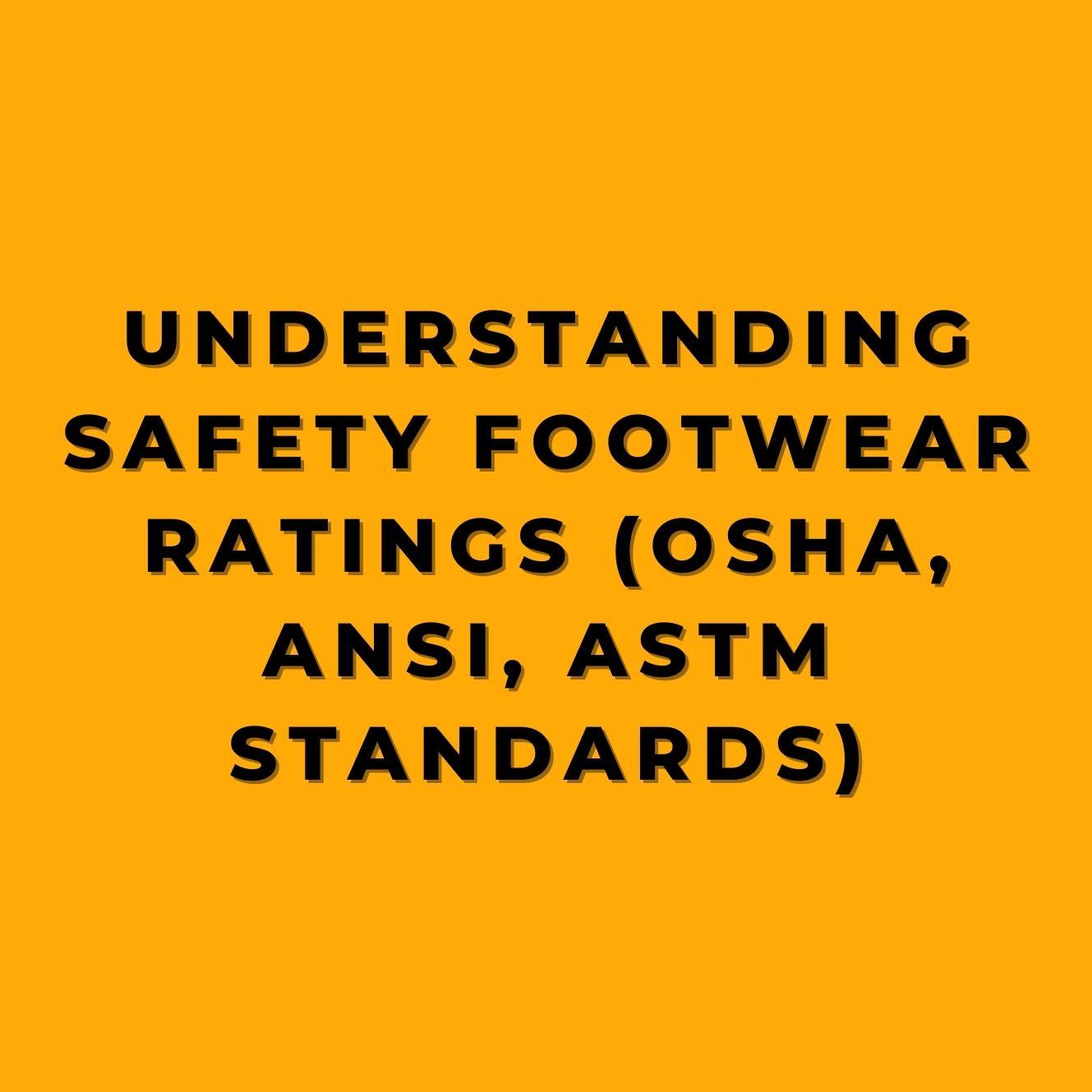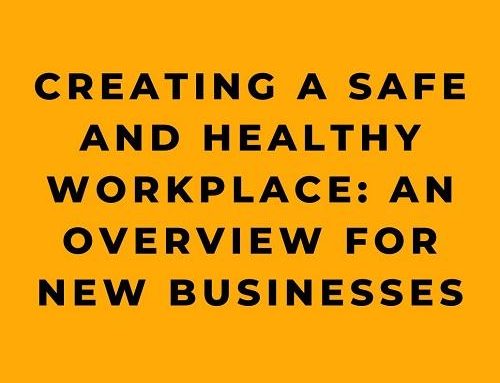When it comes to work boots, safety is the number one priority. But with so many different ratings and standards out there, it can be hard to know what you’re getting. That’s why it’s important to understand the different ratings and standards that apply to safety footwear. In this article, we’ll take a look at OSHA, ANSI, and ASTM standards, and what they mean for your work boots.
First, let’s talk about OSHA. The Occupational Safety and Health Administration (OSHA) sets standards for safety in the workplace. When it comes to safety footwear, OSHA doesn’t have specific standards for boots, but they do require employers to provide their employees with protective footwear when necessary to protect them from hazards such as falling objects, electrical hazards, and slips and falls. It’s important to note that OSHA’s regulations are minimum requirements and employers are encouraged to go above and beyond these requirements to ensure the safety of their employees.
Employers are responsible for assessing the hazards in their workplace and determining the appropriate type of protective footwear for their employees. As an employee, it’s important to understand the hazards you may face on the job and to speak up if you feel that your employer is not providing you with adequate protection.
Next, we have ANSI. The American National Standards Institute (ANSI) sets standards for a wide range of products, including safety footwear. ANSI’s standard for safety footwear is the ASTM F2413 standard. This standard covers the minimum requirements for safety footwear, including impact and compression resistance, metatarsal protection, and electrical hazard protection.
When looking for safety boots, look for those that are labeled as meeting the ASTM F2413 standard. This will provide assurance that the boots have been tested and meet the minimum requirements for safety. Additionally, be aware that some safety boots may only meet certain parts of the standard, so it’s important to read the label carefully and understand which specific hazards the boots are designed to protect against.
Finally, we have ASTM. The American Society for Testing and Materials (ASTM) sets standards for a wide range of products, including safety footwear. ASTM’s standard for safety footwear is the ASTM F2412 standard. This standard covers the minimum requirements for safety footwear, including impact and compression resistance, metatarsal protection, and electrical hazard protection.
It’s worth noting that ASTM F2412 standard is different from ASTM F2413 standard. ASTM F2412 standard is for impact and compression resistance for safety footwear, while ASTM F2413 standard covers additional safety requirements such as metatarsal and electrical hazards. Therefore, it’s important to look for safety boots that meet both ASTM F2412 and ASTM F2413 standards in order to ensure the highest level of protection.
So what do these standards mean for your work boots? Essentially, they ensure that your boots meet certain minimum requirements for safety. They’re a good indicator that your boots will protect you from hazards on the job. However, it’s worth noting that not all boots are created equal, even if they meet the same standards. For example, a boot that meets ASTM F2413-11 standard might not have the same level of protection as a boot that meets ASTM F2413-18 standard.
When you’re looking for work boots, it’s important to pay attention to the ratings and standards they meet. Look for boots that meet OSHA’s requirements and the ASTM F2413 and ASTM F2412 standards. And if you’re working in an environment with specific hazards, look for boots that meet standards for those hazards as well.
Another thing to consider is the fit and comfort of the boots, as well as the durability and quality of the materials used. It’s important to choose safety boots that fit well and are comfortable to wear, as this will help to reduce the risk of injuries caused by poorly fitting footwear. Additionally, look for boots made of high-quality materials that will hold up to the wear and tear of your job.
In conclusion, understanding safety footwear ratings is important for anyone who works in a hazardous environment. By understanding the different standards and ratings, you can make an informed decision about the safety boots that will protect you on the job. Always look for boots that meet OSHA and ASTM F2413 and ASTM F2412 standards, and consider the fit, comfort and durability of the boots before you make a purchase. Remember, safety boots are not a one-time investment. They need to be replaced as they wear out, so it’s important to choose boots that will last, and that you can rely on to keep you safe on the job. By following these guidelines, you can ensure that your feet are protected and that you can work with confidence, knowing that you have the right safety footwear for the job.










